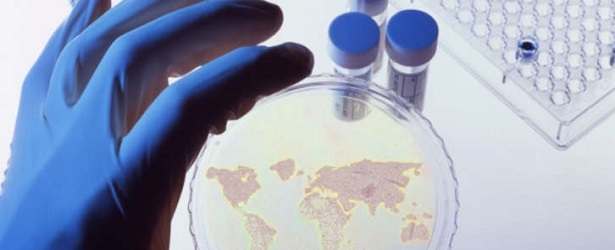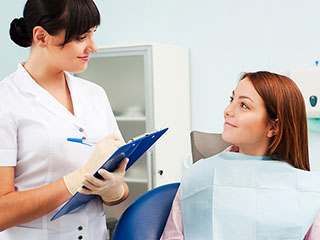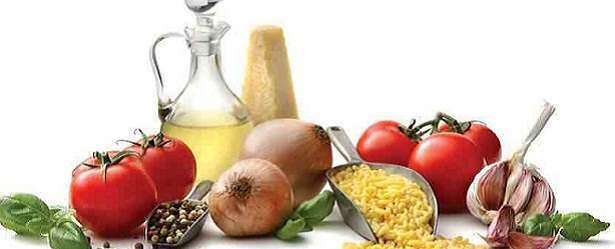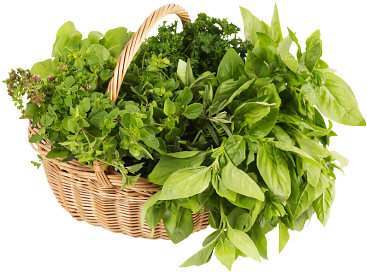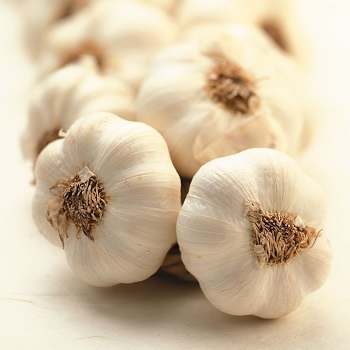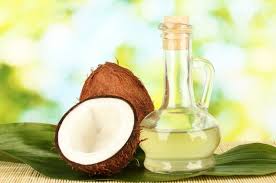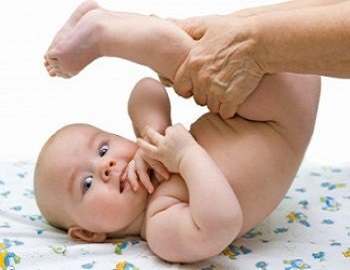How to Effectively Eliminate Yeast Infections
There so many microorganisms living in our body that pose no problems to a healthy person. Things only become messy if one or more of them grow uncontrollably, damaging the peaceful symbiosis. Take candida as an example. While candida can occur anywhere in the body, they only become a problem if the body is unable to control their spread and growth. This leads to yeast infection and complications. Such infections especially happen to those suffering from a compromised immune system due to underlying medical conditions such as diabetes, cancer, Human Immunodeficiency Syndrome (HIS) or Acquired Immune Deficiency Syndrome (AIDS), Auto-immune diseases, or those taking strong medications and antibiotics.
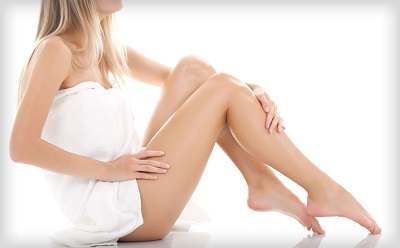 A yeast infection does not only affect the skin —
A yeast infection does not only affect the skin —
it can also spread anywhere in the body inside out. For example, it can start from the skin, then penetrate to the bloodstream before it spreads to an internal organ.
In severe cases a yeast infection can be fatal. This is why it is important to get an immediate and accurate diagnosis so that the doctor can determine which treatment should be given to completely eliminate the yeast infection and any possible complications.
The symptoms can either be severe or mild, depending on the extent of the infection or how the body responds to the invader. If your body has a fully functional immune system, the symptoms may not appear at all until the immunity starts to breakdown.
Common Yeast Infection Symptoms for Body Parts
Mouth or Oral Yeast Infection
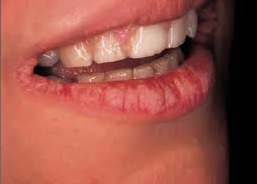 Yeast infection in the mouth appears as white patches all over, from gums, tongue, inner cheeks, and up to the throat, down to the esophagus. Below the white fungal patches, the skin is inflamed and reddish with a painful and/or burning sensation. Scraping these patches will remove the fungal attachments, but they will simply grow back until they get treated with the right medication.
Yeast infection in the mouth appears as white patches all over, from gums, tongue, inner cheeks, and up to the throat, down to the esophagus. Below the white fungal patches, the skin is inflamed and reddish with a painful and/or burning sensation. Scraping these patches will remove the fungal attachments, but they will simply grow back until they get treated with the right medication.
Yeast Infection on the Skin
Yeast infection on the skin is very easy to recognize or spot. The symptoms are hard to ignore because it is going to get itchy for those who have it. The skin is usually inflamed with patches of rashes. With a severe skin yeast infection, painful lesions may appear.
Yeast Infection in the Genitals
A genital yeast infection is one of the most uncomfortable sites for a yeast infection. Like the other examples above, the symptoms of this type of yeast infection can give a very itchy feeling, followed by burning and painful sensations during and after urination. For women, the yeast infection can grow extremely uncomfortable during the menstrual cycle. This can cause a genital discharge with an unpleasant odor especially for women.
The Importance of Proper Diagnosis
 As mentioned, a yeast infection is hard to point out because it gives obvious and significant symptoms that nobody can bear to ignore. It is important to get the an effective immediate treatment according to the type of yeast infection. The only way that this is possible is if the doctor gives the right diagnosis.
As mentioned, a yeast infection is hard to point out because it gives obvious and significant symptoms that nobody can bear to ignore. It is important to get the an effective immediate treatment according to the type of yeast infection. The only way that this is possible is if the doctor gives the right diagnosis.
Determining the main cause for the yeast infection is important since sometimes a yeast infection is triggered from an underlying medical condition, usually related to the body’s immune system. Resolving the main cause of the yeast infection while treating the yeast infection is the best way to keep it from relapsing.
If the yeast infection is triggered by long term medication, such as antibiotics or any other drug, the doctors must determine this so they can change the medication.
Sometimes a hormonal imbalance can trigger a yeast infection as well. The only thing a person can do is to get a consultation and the right treatment to minimize the symptoms, eliminate the infection, and stop the spread.
There are many simple things you can do to minimize uncomfortable symptoms or even cure the yeast infection, such as eating a type of anti-fungal diet. Just cutting sugar from the daily menu can slow down the spread of yeast infestation to other parts of the body. You can further this process along by eating foods rich in probiotics like yogurt and probiotic drinks. Garlic can also help eliminate the actual infection due to its anti-fungal and anti-viral properties! Using essential oils like tea tree oil, oregano extract (oil), and boric acid can also help in treating the infection. But if the yeast infection is already beyond the simple level, prescription medication will be required to ensure proper treatment.

 Subscribe Now
Subscribe Now
